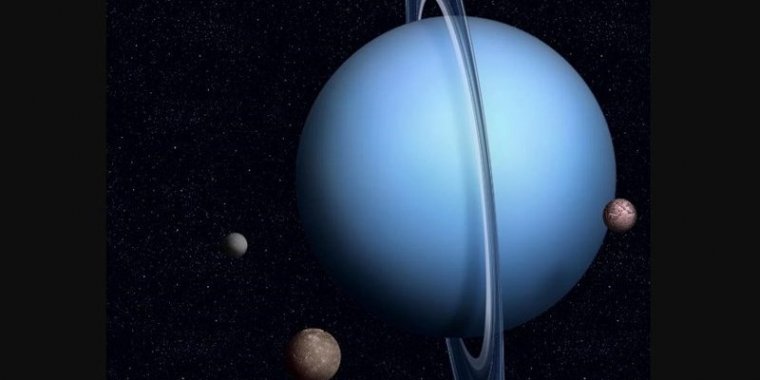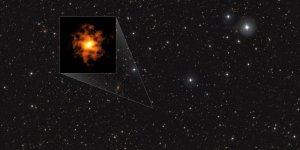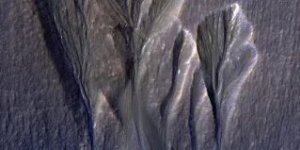| Space |
Uranus’ Moon May Have Enough Natural Resources to Support Alien Life
Scientists from Johns Hopkins and the University of North Dakota say the lunar object, named Miranda, has sources of water hidden below its surface.

Uranus’ Moon May Have Enough Natural Resources to Support Alien Life. Photo: tasnimnews.com
“To find evidence of an ocean inside a small object like Miranda is incredibly surprising,” said planetary scientist and researcher Tom Nordheim.
“It helps build on the story that some of these moons at Uranus may be really interesting — that there may be several ocean worlds around one of the most distant planets in our solar system, which is both exciting and bizarre,” he added of the “remarkable” potential.
The new data builds on NASA research from last year that probed Uranus moons Ariel, Umbriel, Titania, and Oberon for evidence of similar deep, water-filled gorges that could show signs of biological extraterrestrial life.
At the least, it provides a much clearer context for how the solar system formed, added researcher Sherry Fieber-Beyer.
Specifically, it can show how the movement of giant planets may have led to the creation of asteroids and moons, she explained.
Using images taken by the deep space probe Voyager 2 in 1986, the “Frankenstein-like hodgepodge of grooved terrain” on Miranda’s southern hemisphere was reanalyzed to see if the rugged ground is the result of tidal forces interacting with the heating — or lack thereof — on the moon.
“This research helps us understand what the requirements are for an icy moon to be an ocean world, which is relevant to assessing the habitability of icy outer solar system satellites,” researcher Caleb Strom said of studying the cracks of Uranus’ moon.
“We do not know enough about the Uranian satellites to say whether there could be life on them, but understanding what factors would result in them having subsurface oceans is an important step toward addressing that question.”
It was found that Miranda probably did contain an ocean below its icy surface around 100 to 500 million years ago.
Researchers believe that the ocean was the result of tidal forces pulling between the gravity of Miranda and other nearby moons of the planet. The friction from the tugging would be enough to create a heat source that kept the moon’s interior warm.
“That result was a big surprise to the team,” Strom said.
Now, the research team speculates that Miranda’s insides have still not frozen fully over and an ocean still potentially exists below the surface to this day.
“We won’t know for sure that it even has an ocean until we go back and collect more data,” Nordheim explained.
“We’re squeezing the last bit of science we can from Voyager 2’s images. For now, we’re excited by the possibilities and eager to return to study Uranus and its potential ocean moons in depth,” he said. (Tasnim News Agency)
YOU MAY ALSO LIKE





